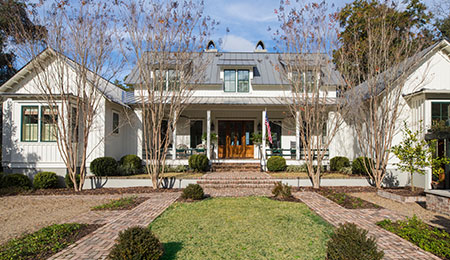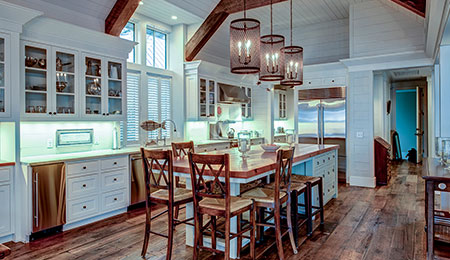Here’s a closer look at what impacts your affordability as a buyer.
I’m sure you’ve seen the headlines out there about dramatically increasing home prices. People tend to panic when that happens, but just because prices are up doesn’t mean affordability has been affected greatly. What is housing affordability? In the U.S., we define it based on what a person pays for their mortgage each month as a percentage of their income.
What affects affordability? Prices do for sure. Additionally, building materials and labor have gone up in cost. There’s also about 10 years of pent-up demand from homeowners who didn’t buy during the recession. We still have a ways to go before that’s taken care of, and I don’t see prices going down anytime soon.
“Our 5% rates are still well below the 7.81% historical average.”
Interest rates impact affordability as much as anything else. They’ve been rising and are predicted to rise further this year and next. If your mortgage rate goes up by 1% while you’re waiting to buy, you’re going to see your affordability drop by 10%. That’s potentially a huge impact.
Back in the 1980s, interest rates were around 16.63% on average. In 2021, that average was 2.96%. We’re closer to 5% now, but it’s a lot lower than the 7.81% historical average. At 3:00 in the video above, you can see that houses were less affordable back in the day. Historically, you need 20.3% of your average income to buy a home, but today’s average is down to 16%.
How does inflation factor into this? You’ve likely seen it affecting car and gas prices. As for real estate, although values are up nearly 60% from 1989, the payments are down 24% after adjusting for inflation.
My job is to put all of this in perspective to help you make the right decisions. If you’ve been thinking about making a move, don’t hesitate to reach out via phone or email today. I’d be happy to answer any questions you may have.



